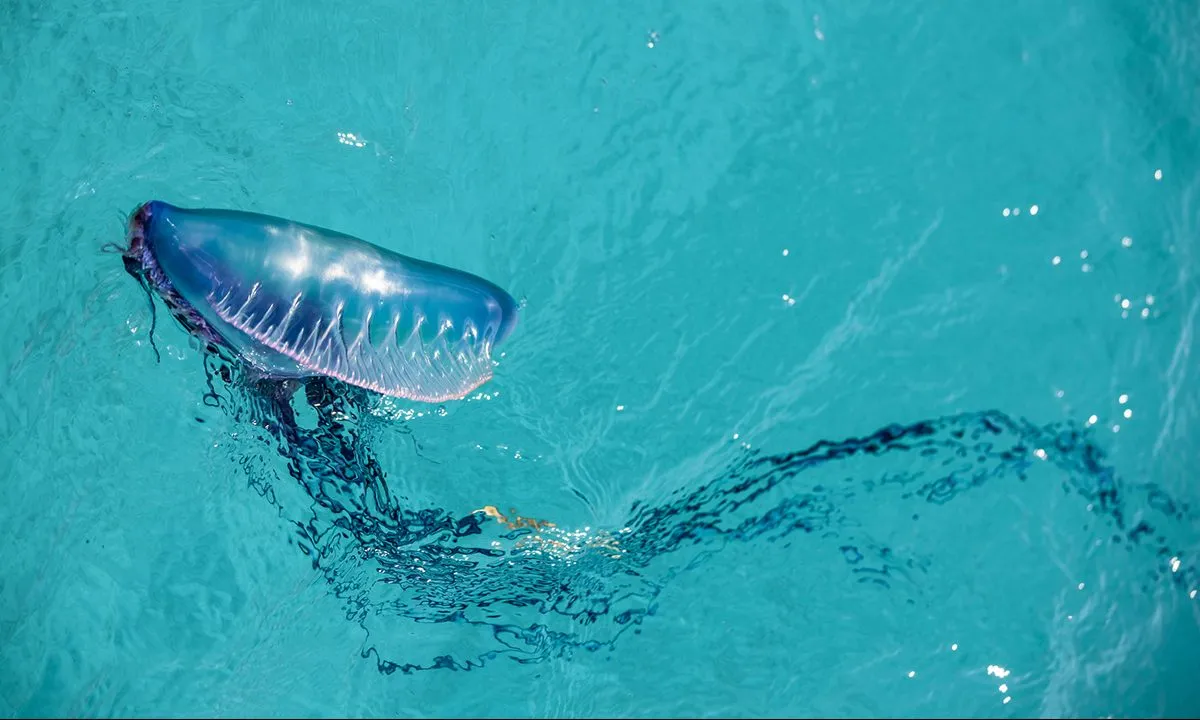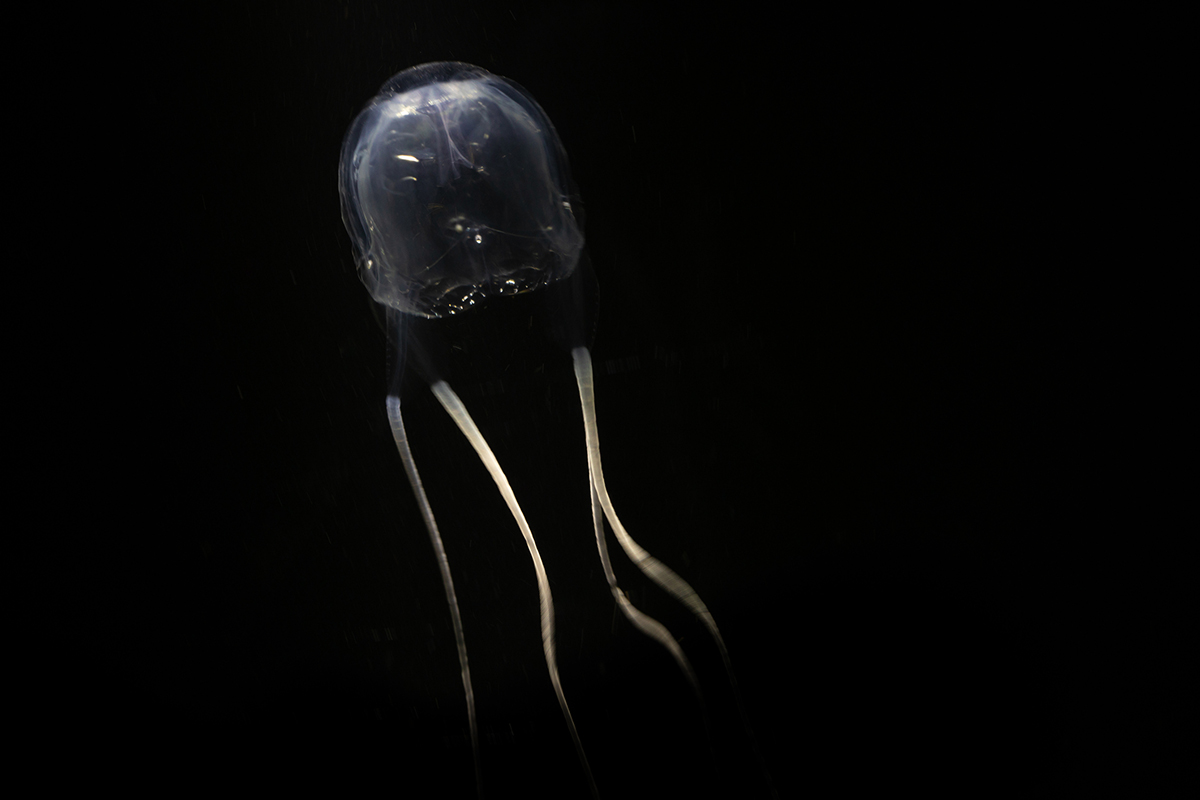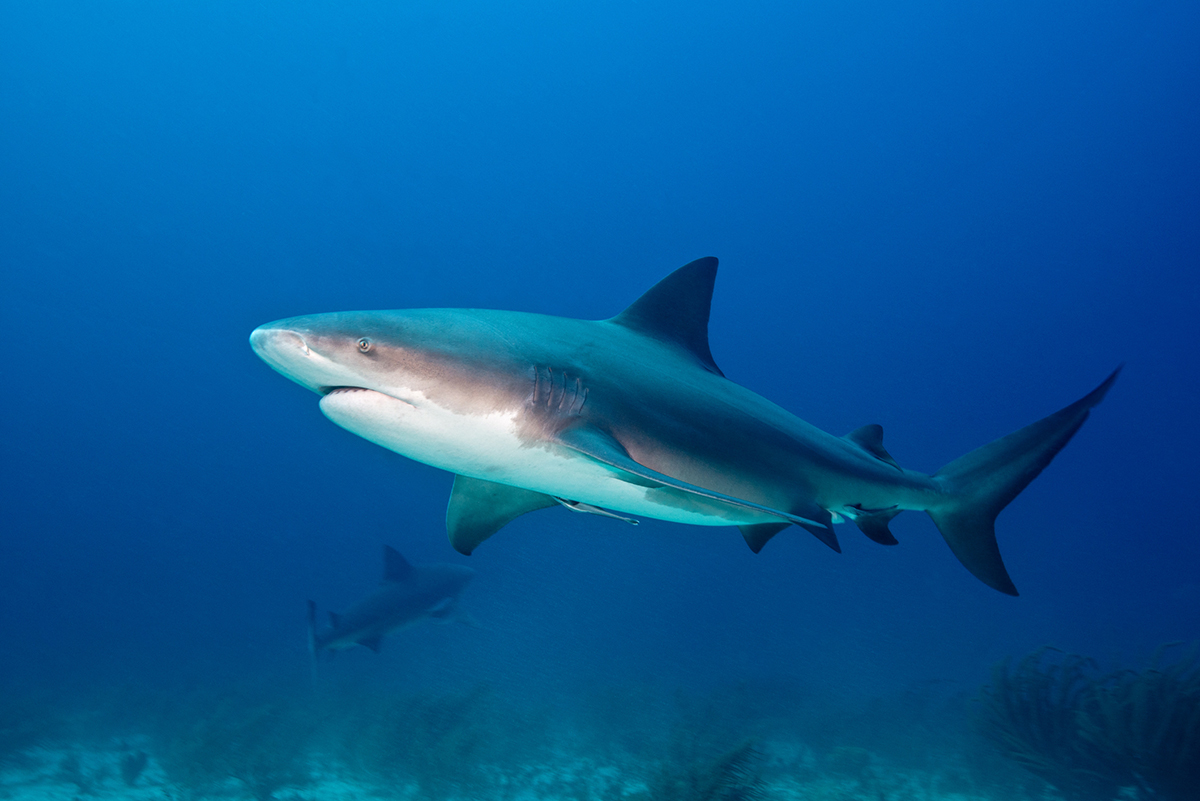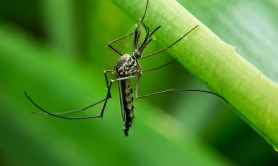

Survival expert Bear Grylls regularly comes across some of the world’s most dangerous animals, on land and in the water. We have often seen how he deals with a snake bite or a —crocodile attack, but what about underwater?
Videos by Outdoors
Bear has encountered some dangerous creatures in rivers, lakes, and the ocean. If you are spending time on or near the water, whether it’s the ocean, a lake, or a river, it’s important to be able to recognize the dangerous aquatic creatures that live there and what they are capable of.
Here are some of the world’s most dangerous aquatic creatures and how to spot them:
Cone shell
Cone shells – also known as cone snails – may look like attractive sea snails with pretty shells, but they use a unique venom to hunt prey. A sting from a cone shell is very painful and can lead to death. Bear advises to treat a cone shell sting the same as a snake bite – and says there is no antivenom cure for the stings.
Piranha

These fish are found in lakes and rivers in South America. What makes them deadly is that their mouths are packed with sharp, triangular teeth. They use these to eat fish and other animals, and usually hunt in large shoals. Despite their legendary reputation, the good news is that they usually avoid humans. “Only certain piranhas will attack humans, and only when there’s a really limited food source,” says Bear. While attacks on humans are rare, piranhas are capable of taking bites of flesh or removing toes so are best avoided.
Candiru
These fish live in the Amazon and they are scary not for their size, but for the fact that they invade the gills of larger fish, usually to feed on blood – and are known for lodging themselves in the human urethra (the tube that connects the bladder to the outside of the body). How does Bear deal with candirus? “I’d go through the river and not pee while I’m crossing it. And keep my pants on,” he says.
Box jellyfish

These jellyfish are recognized for their box or cube-like shape and long tentacles. They live in the waters around Australia and the Indo-Pacific and their stings are deadly and have caused many deaths. The sting can cause the victim to go into shock and drown, or can cause later heart failure. Scientists are working on making an antidote to the venom.
Portuguese-man of war
Similar to a jellyfish, the Portuguese man-of-war also has long tentacles and delivers powerful and deadly stings – leading to fever, shock and heart or breathing problems. To treat the stings, remove stingers that are still attached, wash the area salt water and then put the affected area into hot water.
Bull shark

Bull sharks live in the open ocean and also in rivers, even hundreds of miles inland. They are often considered the most dangerous shark species, because of the wide range of their habitats, and also because of their aggression.
Bear once swam with bull sharks and he has this advice: “Always stay calm and confident,” says Bear. “Never give off that panicked, prey signature. As soon as you start to give that panic response, you’re now prey and a potential food source.”
Electric eel
An electric eel can grow up to eight feet long and can deliver a shock of up to 650 volts – the equivalent of five times the power of a standard wall socket, and more than enough to kill a human. Thankfully, these South American creatures are not aggressive so these types of deaths are rare – they usually use weak electric shocks to find or stun prey.
Flower urchin

If you’re walking in the sea, avoid sea urchins on the sea bed as they can cause painful injuries. Flower urchins in particular look beautiful but they have very sharp spines that can inject a toxic venom into the skin, causing painful injuries and even death. Avoid them and do not touch them.










3 of the creatures on the list do not live in the sea but in freshwater environments predominantly around the amazon. Terrible article by authors throwing out clickbait